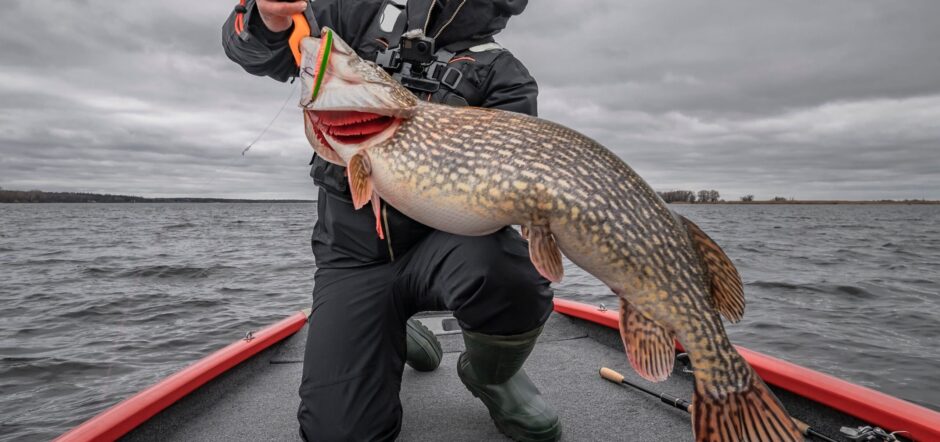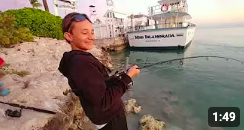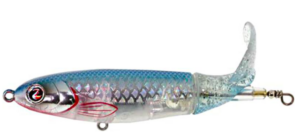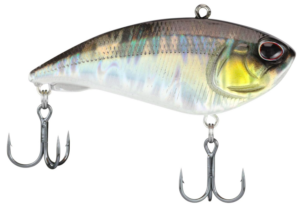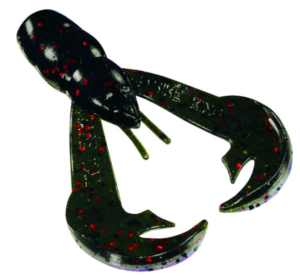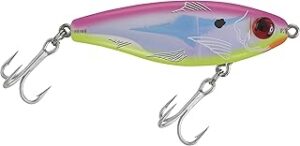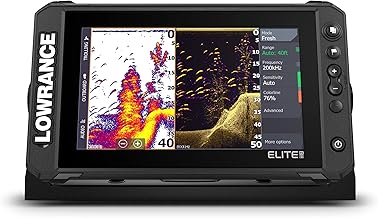More northern pike are caught around weeds than any other type of cover. Weeds concentrate lots of smaller fish so it would make sense that pike would cruise these weed lines when they are looking for a meal. The key to catching fish consistently is to find out which types of weeds produce during different times of the year.
Shallow Weeds

The shallow weeds are easy to find because you can visually see these areas. Many anglers are drawn to fishing these spots even if they aren’t the best spots to fish. In the spring and fall, the shallower weeds in the 2 to 5 foot range will hold some quality pike with lots of smaller pike too. In the summer though, most of the bigger pike will move out into deeper water, so the shallow weeds usually hold lots of small pike. One good exception to this is if you can find some shallow weeds that are very close to deep water. In these areas, big pike may move in shallow to feed before moving back out to deeper water.
Deeper Weeds

Water clarity and the region where the body of water is located will directly affect where the deeper weeds will be located. In clear water, sunlight penetrates deeper in the water column, so weeds can grow in deeper water. In a southern Wisconsin lake with a longer growing season than a Canadian lake, the warmer weather gives the weeds a longer time to grow during the summer. Combine the clear water with the longer growing season and you might have a deep weed edge in 16 to 20 feet of water. In a murky lake way up north, the deep weed edge could be in 8 to 12 feet of water. Either way, the deeper weed edge will usually hold a lot of bigger pike than the shallower weeds in summer and fall.
Submerged Weeds

When fishing submerged weeds, you have a lot of different options. Fish some baits just above the weeds or along the weed edge. Most of the normal pike lures will work in these areas. Spoons, crankbaits, spinners and swimbaits are just some of the options for fishing these areas.
Cabbage is Best

It’s tough to beat cabbage when it comes to pike fishing. For some reason, pike just love the cabbage. When you search for weeds on a lake, you are going to find a variety of weeds and most weeds won’t be cabbage. When you do come across some cabbage, fish it thoroughly, especially if there is some deeper water there as well. If you can find some areas that have water in the 6 to 12 foot range, you will probably do well.
Emergent Vegetation

When fishing emergent vegetation, your best bet is to fish the weed edges. You can fish over the top of the weeds and in the pockets, but you need to go with real heavy line. Some of the rice beds and lily pads that are found up north are perfect for fishing the pockets. You’re going to catch a lot of pike if you can fish the weed edges, especially the deeper weed edges that drop into 4 to 10 feet of water just off the emergent vegetation.
Fish the Reeds
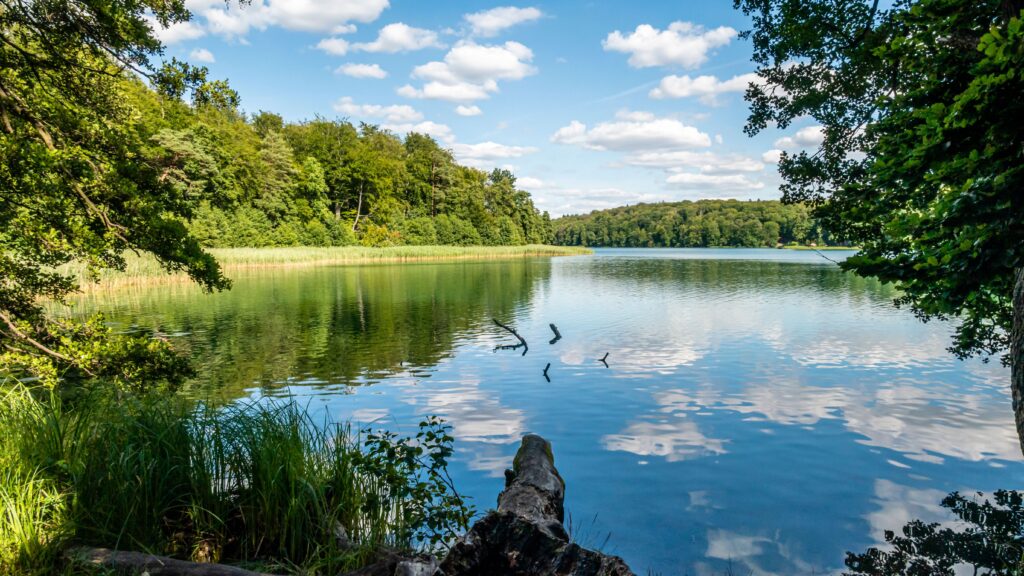
The reeds that have some deeper water can be very productive. It doesn’t have to be much depth either. Some of the shallow reeds will be in water just 1 to 3 feet deep, so this is definitely a shallow water presentation. You may catch some fish in these spots, but you’re going to have better success for better quality pike as you get into the 4 to 6 foot spots with reeds. If there is some deeper water nearby, that will also help. For example, if you pull up to an island and the reeds are in 2 to 6 feet of water and then there is a drop-off into 12 feet of water and then even deeper, this spot could be a great spot to find some quality fish. Pike will move up into the reeds to find an easy meal and then they will move back into deeper water to rest.
Fish the Lily Pads

The lily pads can also hold some nice northern pike. The shallower lily pads will usually hold plenty of smaller pike. The key to finding better areas for pike around the lily pads is to find some areas with some depth. It doesn’t have to be super deep, but 4 to 6 feet of water on the outside of the lily pads is plenty enough to hold quality pike and good numbers of them. Any deeper edges will usually be even better.
